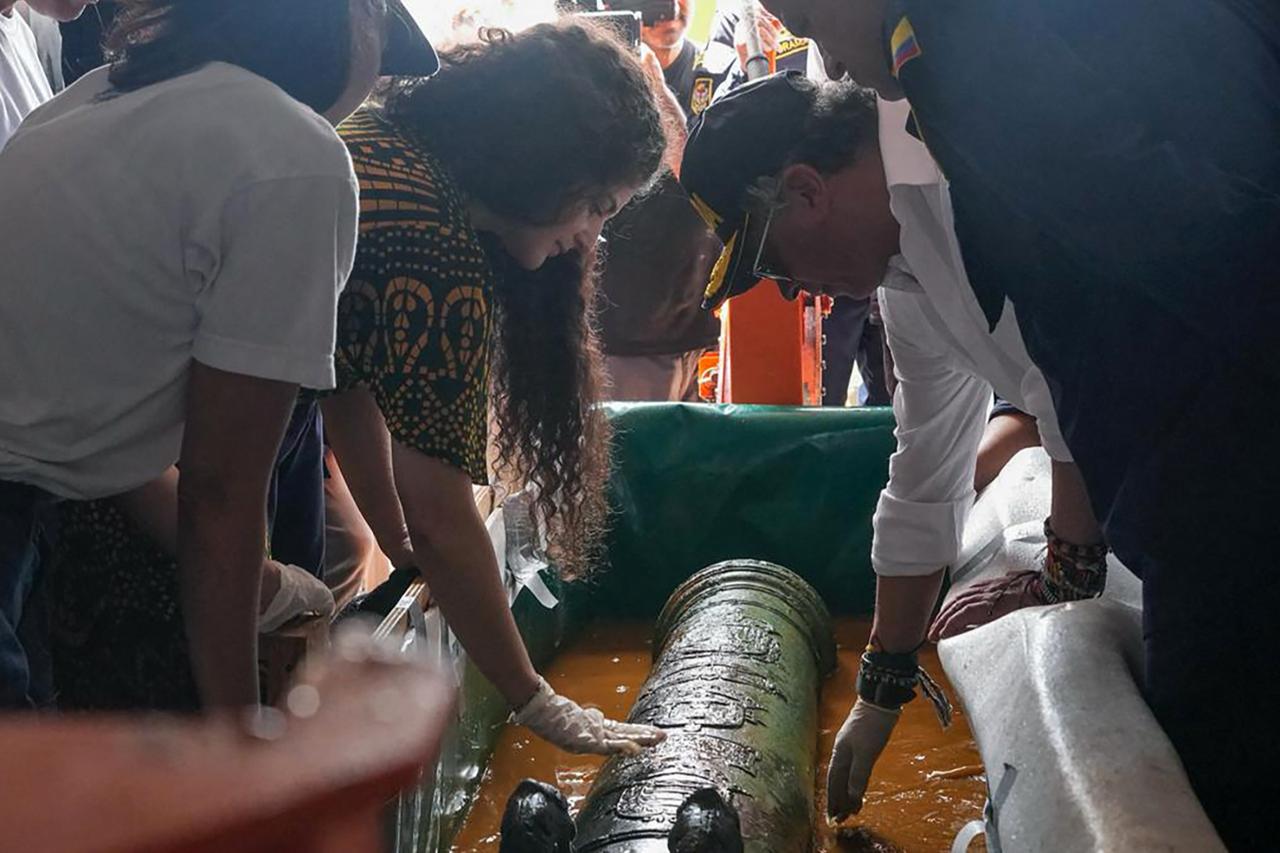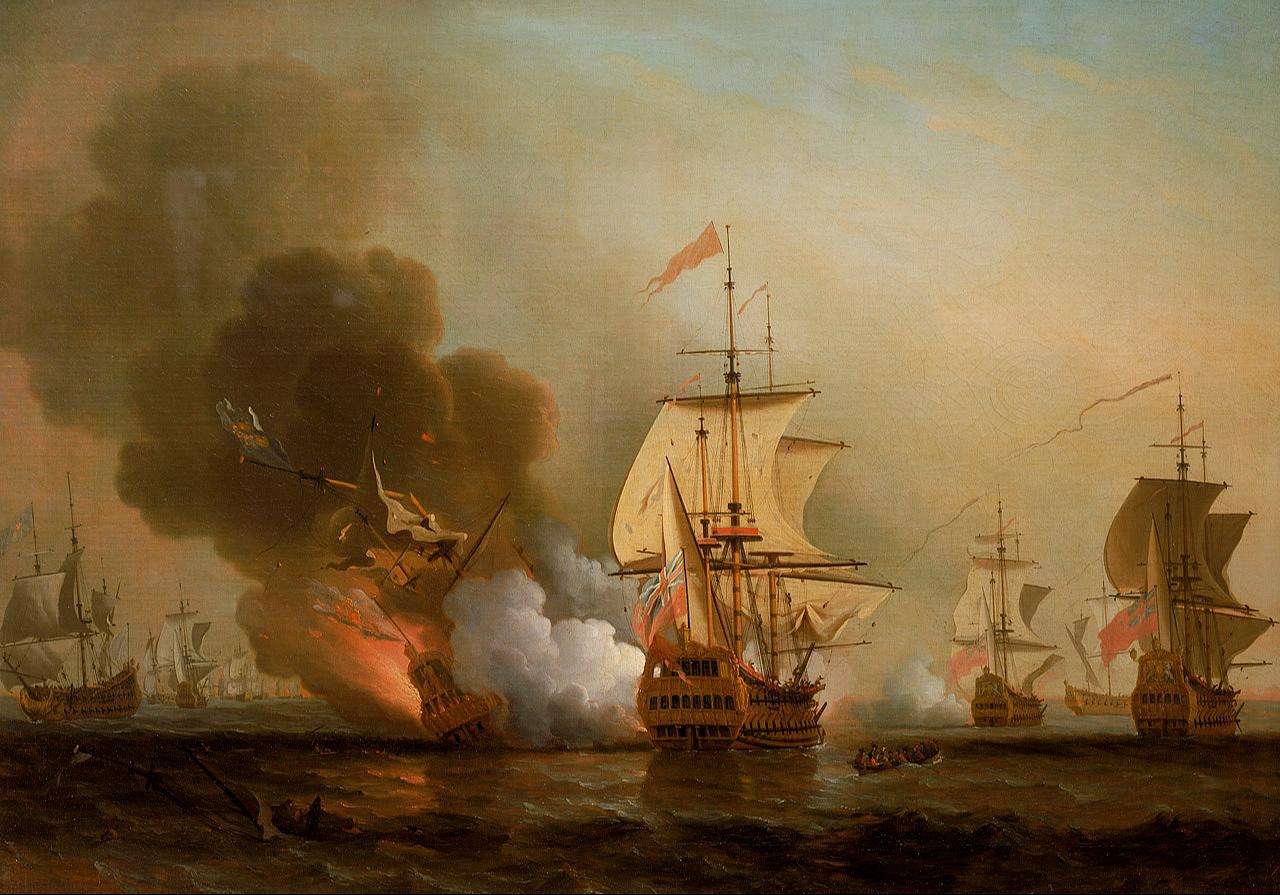
Colombia has recovered the first objects from the San Jose galleon, often described as the world’s most valuable shipwreck because of the vast treasure it carried when it sank more than three centuries ago. The operation marks a historic moment in underwater archaeology, as experts believe that the wreck may contain billions of dollars’ worth of precious metals, stones, and artifacts.

The San Jose sank in 1708 after a British warship attacked it while the vessel was sailing from Spain’s South American colonies to Europe. Loaded with gold, silver, and precious stones, the ship was believed to be carrying around 11 million gold and silver coins, making it one of the richest cargoes ever lost at sea.
It lay undiscovered for centuries, until Colombian researchers finally located it in 2015, resting nearly 600 meters below sea level. Because of the extraordinarily high value of the cargo, the Colombian government has kept the exact coordinates strictly confidential.
In the latest recovery mission, Colombian authorities brought to the surface several items, including a cannon, a number of gold coins, and a porcelain cup.
President Gustavo Petro was present during the carefully controlled lifting operation, which was conducted under strict supervision to protect the fragile state of the artifacts. Officials said that further study will continue before deciding whether to raise more items from the seabed.

Although the wreck lies within Colombian territorial waters, its ownership remains contested. Colombia claims the San Jose belongs to the nation due to its location, while Spain argues the ship is still Spanish property under international law, as it was a state-owned warship. Additionally, a group of American divers claim that they first found the site in 1982 and therefore should share in the rights to the treasure. The dispute has added legal complexity to what is already considered one of the most valuable maritime discoveries in history.

Colombian officials said the new findings would open the way for more research and potentially more recovery operations in the future. They emphasized that the effort is not only about the monetary value of the cargo, but also about understanding the historical, cultural, and scientific legacy of the legendary vessel.